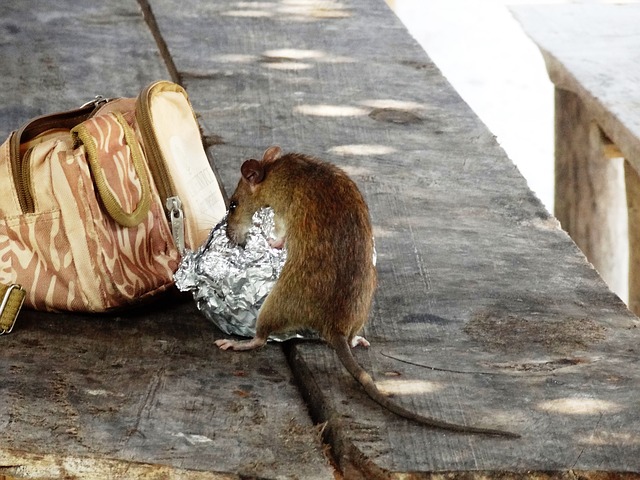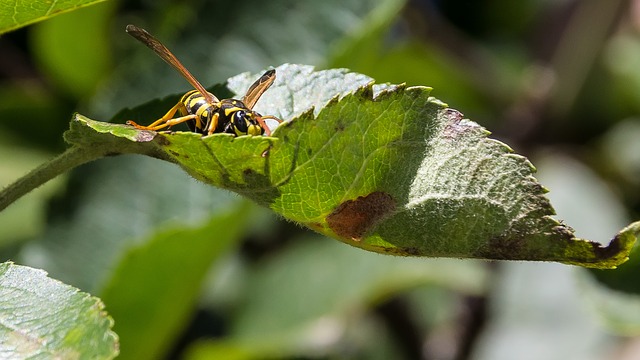
Since the beginning of the Covid 19 pandemic, there has been a change in where rodents are being seen. As a result of the lack of restaurant garbage and overall business waste due to the corona virus, rodents have moved to residential neighbourhoods with greater than usual waste from ¾ of the population now working and studying from home. Here are some tips to prevent rodents from entering your homes: 1) Ensure garbage cans are covered and secured tightly. 2) Keep trees and bushes 6 feet away from the home exterior. 3) Seal cracks or holes with caulking or expanding foam and install weather stripping around windows and doors. 4) Inspect the roof, gutter line and soffits for signs of rodent activity.
gogreenpestcontrol.ca insectandrodentexterminators.com Delta Ladner Tsawwassen B.C., Randy Bilesky BsF CPA RPF
https://www.linkedin.com/pulse/rat-pandemic-randy-bilesky/?published=t








